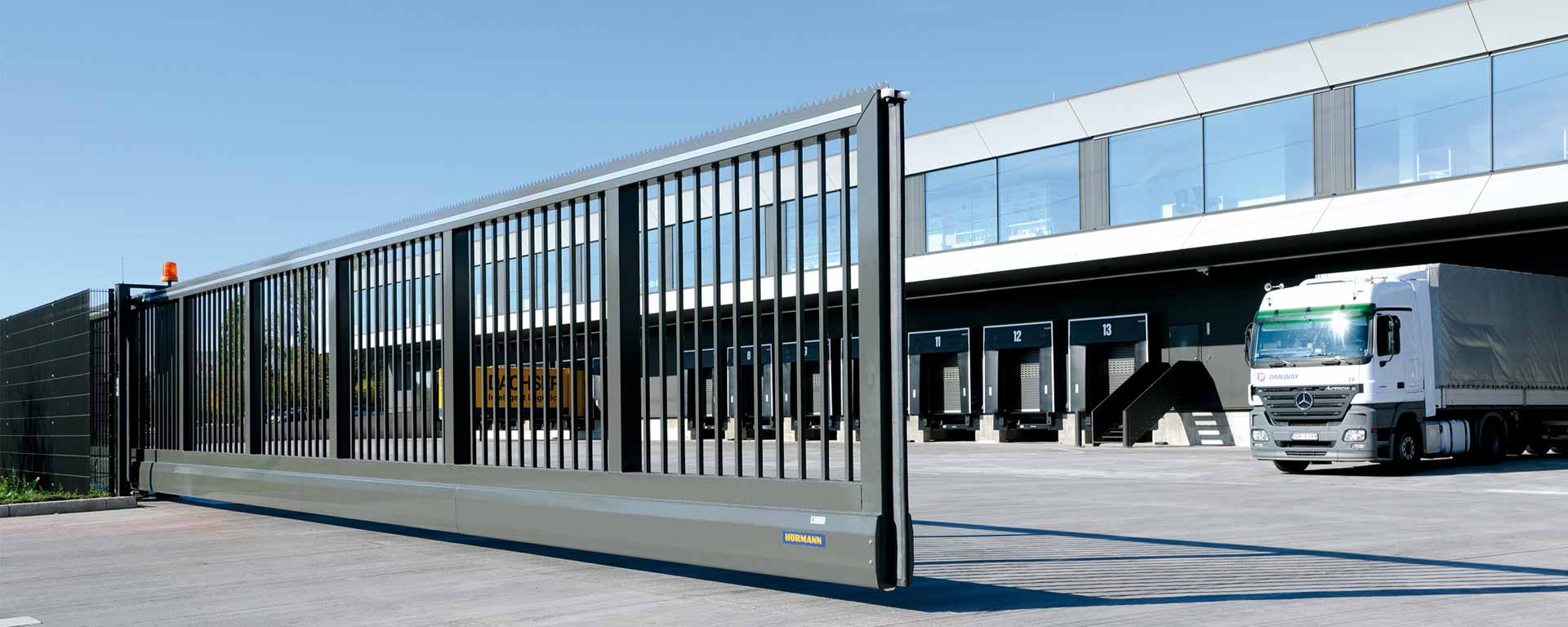
From Skyscrapers to Bridges: Exploring Diverse Demolition Techniques Aug 09, 2025
Demolition involves a myriad of techniques, each meticulously chosen based on the type, size, and location of the structure. For towering skyscrapers, controlled implosions are frequently employed. This technique uses explosives placed strategically to ensure that the building collapses within its footprint, minimizing damage to surrounding structures. It is a spectacle of calculation where timing and precision are crucial. The controlled implosion is specifically beneficial in urban areas where buildings are tightly packed, making it a preferred choice for demolitions involving tall structures.
On the other hand, mechanical demolition employs heavy machinery such as excavators with specialized attachments to dismantle structures piece by piece. This technique is commonly used for smaller buildings or bridges where precision is key. The use of machinery allows for careful selection and separation of materials that can be recycled, aligning with environmentally sustainable practices. This method also offers the flexibility to adjust methods mid-project, ensuring safety and targeted dismantling.
Another innovative approach is high-reach arm demolition, which combines aspects of both controlled implosions and mechanical demolition. This involves using a long arm attached to an excavator to reach and demolish high-rise structures gradually. This method is particularly advantageous when dealing with structures that require precision and care, especially when implosion is not viable due to geographic constraints or environmental concerns.
Demolition of bridges adds another layer of complexity. Oftentimes, these structures are integral parts of transportation networks, necessitating minimal disruption. In such cases, careful planning is paramount. One popular technique for bridge demolition is the use of explosives to sever key structural components, allowing the bridge to collapse in a controlled manner. However, mechanical demolition is also prevalent, especially in densely populated areas, to ensure control over debris and reduce noise pollution.
Beyond the physical processes, demolition requires thorough planning, not only to ensure structural and personal safety but also to adhere to strict environmental regulations. Disposal and recycling of building materials such as concrete, steel, and timber are significant components of the planning phase. With growing awareness towards sustainability, A Plus Demolitions Services emphasizes recycling strategies that turn waste into reusable resources, contributing to a circular economy.
In conclusion, demolition is far more than mere destruction; it is a crucial phase of urban development that demands expertise, precision, and environmental stewardship. With techniques varying from controlled implosions to mechanical dismantling, each project presents unique challenges and opportunities. A Plus Demolitions Services stands out with its commitment to safe, efficient, and environmentally responsible demolition practices, ensuring that each project transitions smoothly from deconstruction to the foundation for future growth. As we continue to innovate in demolition methods, the balance of the built environment and sustainability remains at the forefront of our endeavors.
/filters:no_upscale()/media/d4db3388-7d59-4d33-a7e4-63bff79d2ba5.webp)
/filters:no_upscale()/filters:format(webp)/media/a7b30801-b9d5-4491-b542-257a489ab43c.jpeg)